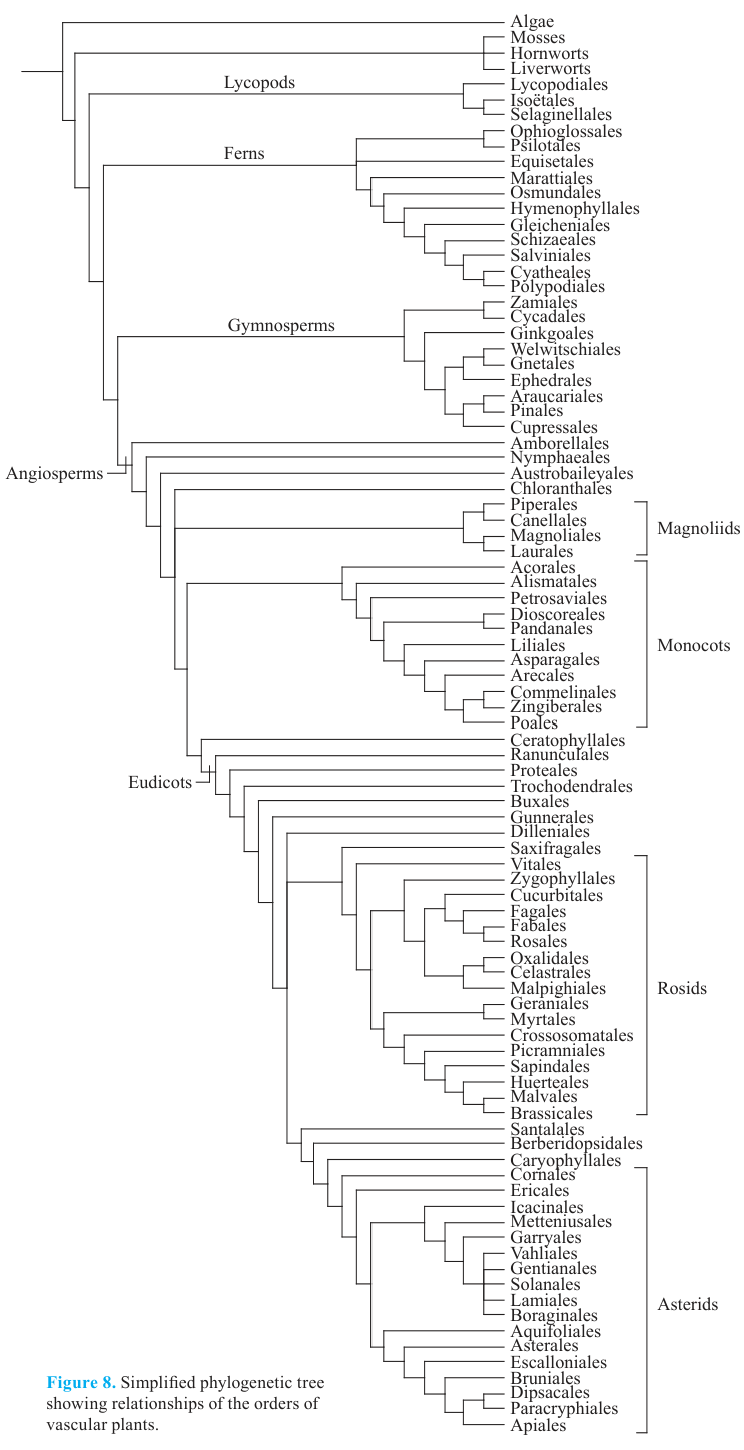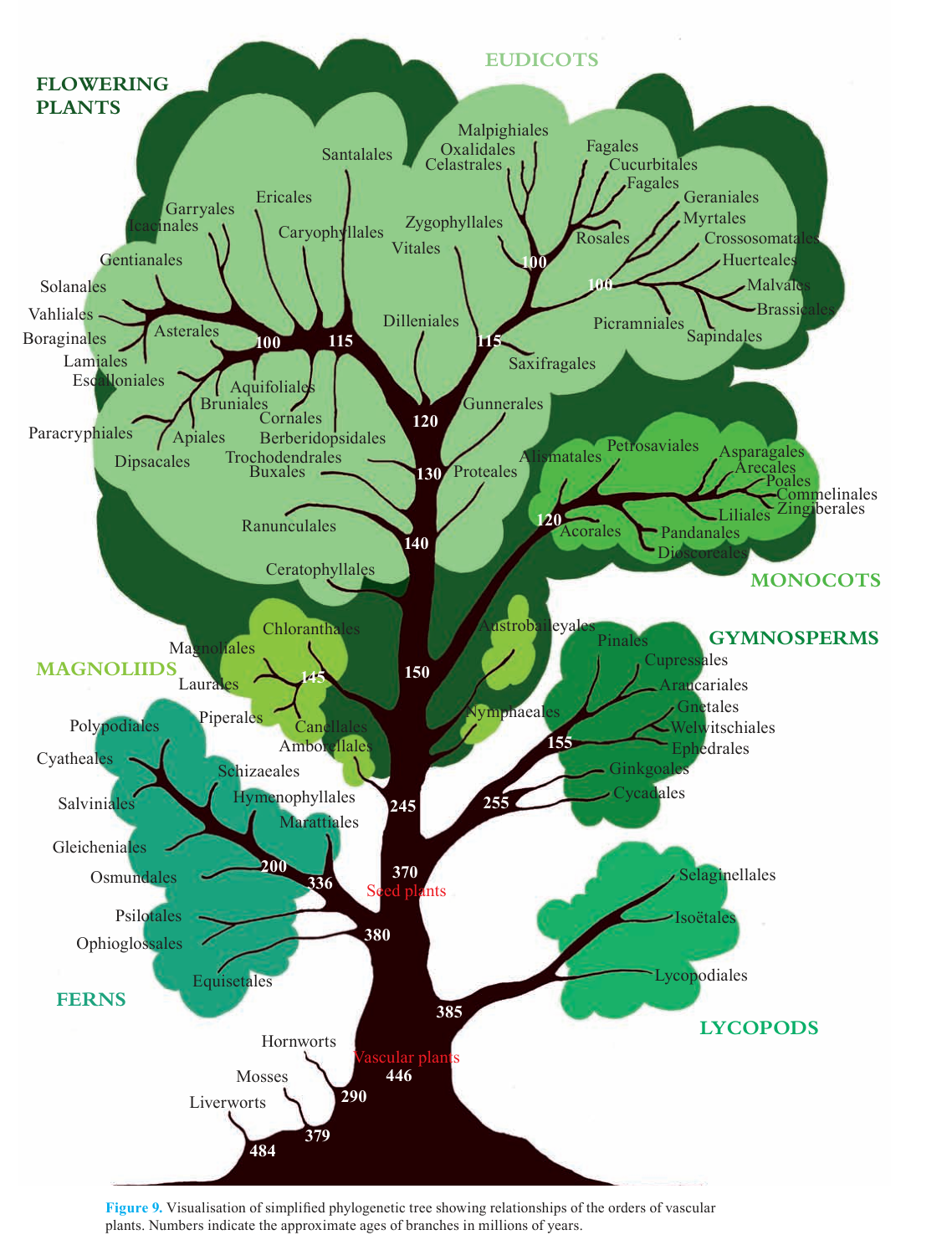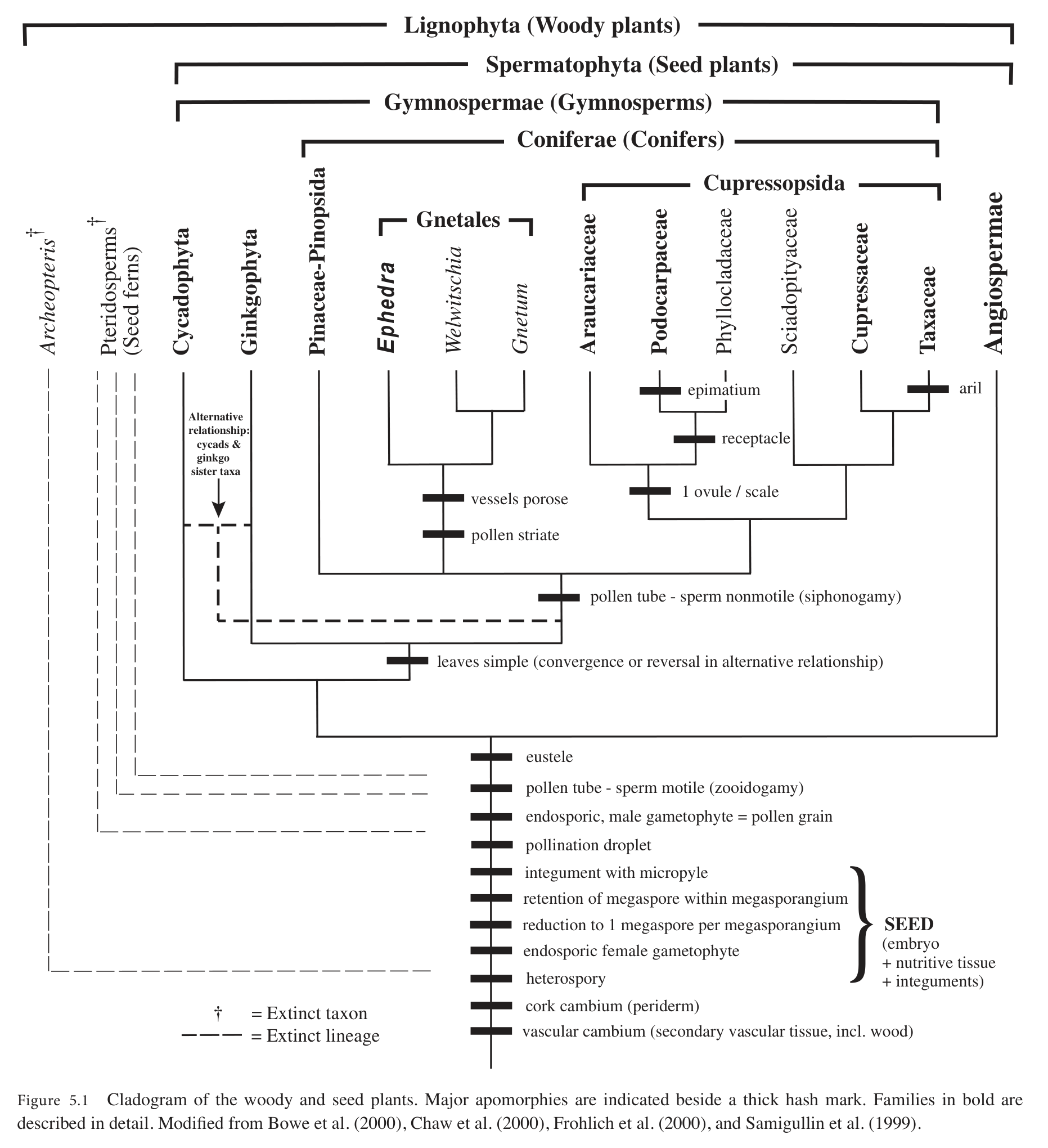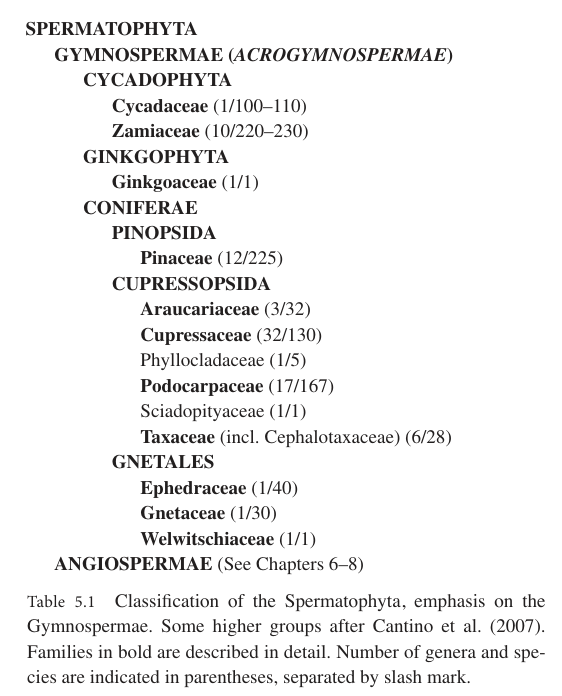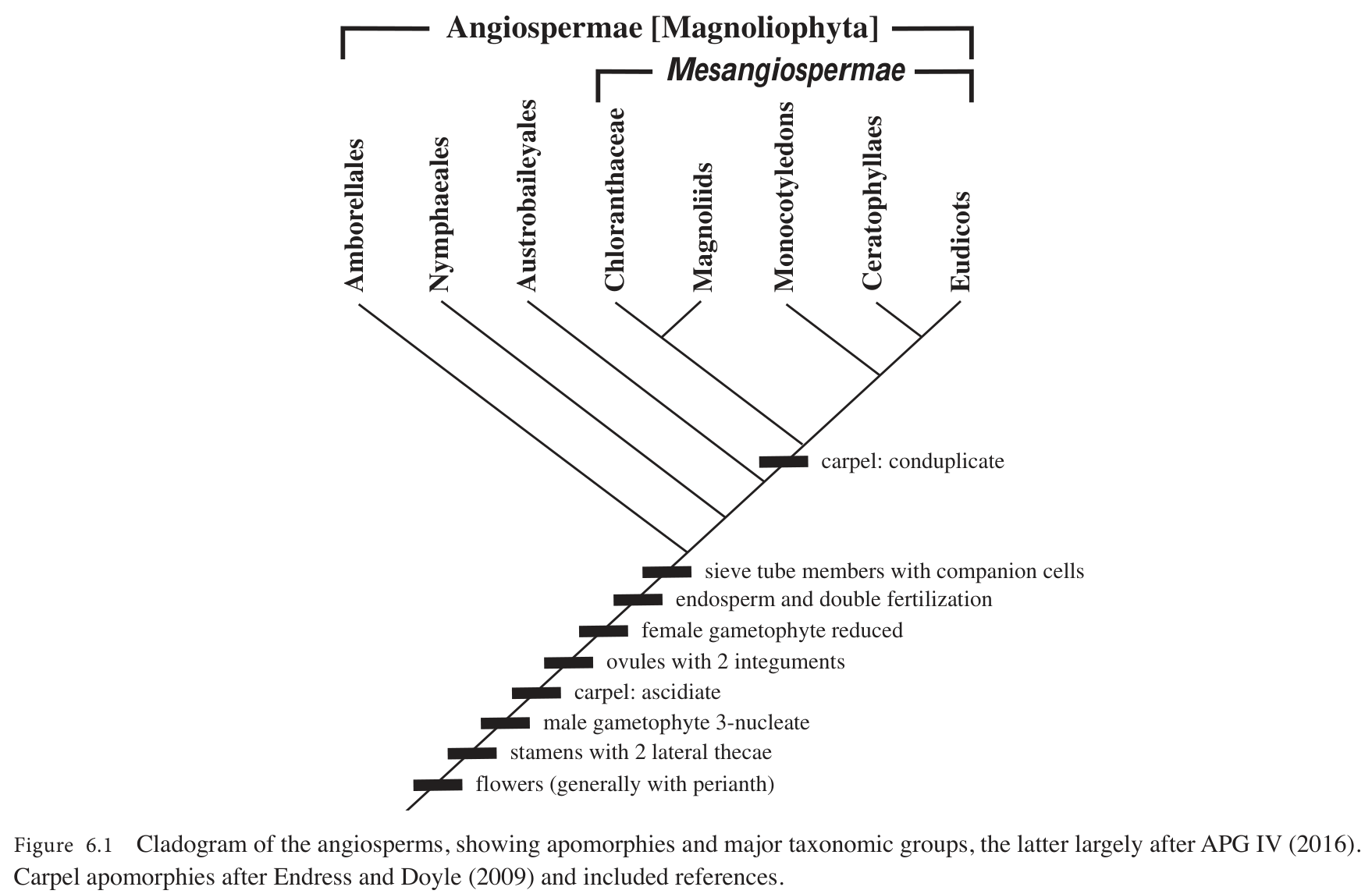Classifying and Identifying Trees
Home Page | Phylogenetic Tree for Common Species | Common Trees | Common Trees Pivot | Common Names | | General Classification | Tree Classification | Tree Identification | Identification pictures | Tree seeds | Phylogenetic trees | Phylogenetic trees (common species) | General Botany | Lexicon
WARNING: Content generated with considerable help from Chat GPT and, largely, not independently verified.
Overview
The UK is home to a rich variety of native and naturalized trees. Whether you’re strolling through an ancient forest or a local park, understanding the trees around you can make each walk more fascinating. In this guide, you’ll learn to identify the most common species by their distinctive features—leaves, bark, seeds, and overall shape. The guide starts with an overview of biological classification, and includes some general botany background and a lexicon of common Latin words.
Code to create the phylogenetic trees using Python lives in telos/trees.
Contents
| Title | Description | Reading Time | |
|---|---|---|---|
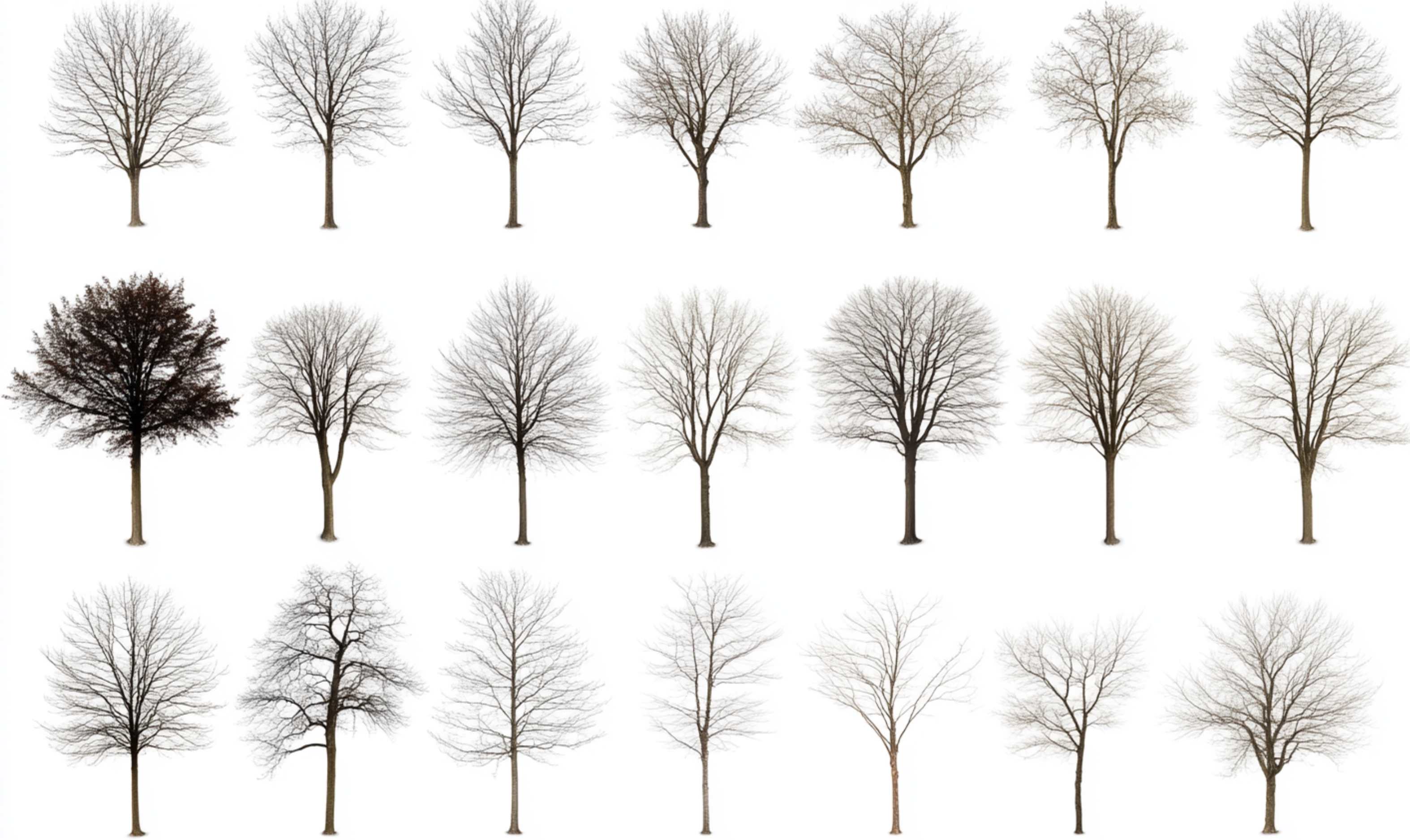
|
01. Phylogenetic Tree for Common Species | Phylogenetic tree for tree species common in the UK. | 4 min |

|
02. Common Trees | Table of characteristics of tree species common in the UK and US. | 1 min |

|
02.1 Common Trees (2025 Version) | Table of characteristics of tree species common in the UK and US. | 41 min |

|
03. Common Trees Pivot Table | Pivot table of characteristics of tree species common in the UK and US. | 1 min |

|
04. Common Names | Database of mapping between Latin name and common name. | 1 min |

|
05. General Classification | General background on plant classification. | 16 min |

|
06. Tree Classification | Basics tree classification including lists of common orders, families, genera, and species with common names. | 19 min |

|
07. Tree Identification | Basics techniques to identify trees. | 25 min |

|
08. Tree Identification: Pictures | Pictures and schematics to help identifying trees. | 1 min |

|
09. Tree Seeds | Tree seeds collected around London. | 1 min |

|
10. Phylogenetic Trees for All Tree Species | Phylogenetic tree diagrams for most orders containing trees. | 5 min |

|
11. Phylogenetic Trees for Common Tree Species | Phylogenetic tree diagrams for orders containing more common tree species. | 5 min |

|
12. General Botany | General botany background for tree identification, including parts of a flower, plant sex, and definition of a fruit and vascular plant. | 21 min |

|
13. Lexicon | Lexicon of Latin and other common technical terms used to describe trees. | 9 min |
What is a Tree?
A tree is a perennial plant with a single, elongated woody stem or trunk that supports branches and leaves. Trees are usually taller than shrubs and have a clear above-ground structure that includes a dominant trunk, which undergoes secondary growth (increasing in thickness over time). Trees are typically classified based on their height, which generally exceeds 5 to 6 meters at maturity, and their long lifespan, often living for decades or centuries.
Testing this general definition, there are edge cases and exceptions that make defining a tree more complex:
Shrub-Tree Boundary: Some plants, such as hazel (Corylus avellana) or hawthorn (Crataegus), can grow either as large shrubs or small trees. The distinction often depends on local growing conditions and the plant’s overall size, but both forms have woody stems.
Multi-Stemmed Trees: Many trees, like olive (Olea europaea) or aspen (Populus tremula), can grow with multiple stems or trunks, blurring the line between trees and shrubs.
Palm Trees: Although palms are tall and tree-like, they don’t undergo typical secondary growth (they don’t form true wood). They are monocots, and their stem is fibrous rather than woody, but they are still commonly called trees due to their height and appearance.
Banana “Trees”: Banana plants (Musa spp.) look like trees because of their tall, sturdy structure, but they are technically giant herbaceous plants. The “trunk” is actually a pseudostem made of tightly packed leaf bases, not wood.
Bamboo: Bamboo can grow very tall and woody, resembling trees, but it’s a grass (a monocot), and its stems, called culms, do not undergo true secondary growth.
Tree Ferns: Tree ferns (Cyathea and Dicksonia spp.) have tall, trunk-like structures but are not true trees because they lack wood; their trunks are formed by a fibrous mass of roots and leaf bases.
Small Trees/Dwarf Trees: Some small species of trees or cultivated varieties, such as dwarf fruit trees, may not reach the traditional height associated with trees but still have a single woody trunk and live for many years.
Creeping or Prostrate Trees: In extreme environments, like the Arctic, certain species such as willows (Salix spp.) can grow as creeping shrubs that barely reach above ground level, yet they are still technically classified as trees due to their structure.
Further Reading and Resources
- Christenhusz et al. (2020), Kew Plants of the World 274 citations
- Simpson (2019), Plant Systemics, 1879 citations
- The Hutchinson Dictionary of Plant Names (2006), Dictionary of Plant Names
- Roberts (1986)
- Global Biodiversity Information Facility, has API and pygbif package.
- Tree of Life web project
- International Code of Nomenclature for algae, fungi, and plants
- International Code of Phylogenetic Nomenclature (PhyloCode)

